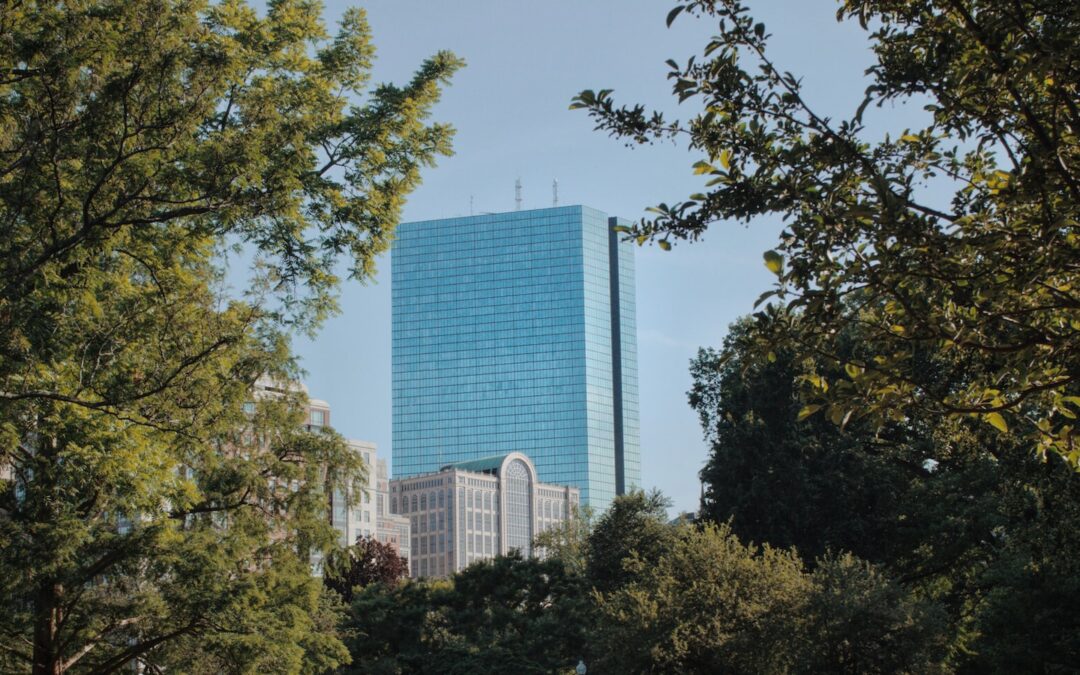As we age, our bodies may start to require more assistance in maintaining strength and flexibility. Unfortunately, one of the consequences of aging is back pain, which can come in various forms. This article will cover the most common causes of back pain in people aged 80 and above, as well as some ways to help prevent and alleviate back pain.
5 Common Causes of Back Pain in Your 80s and Beyond
Muscle Weakness/Stiffness
The muscles in our backs start to weaken and become less flexible as we age, making it harder for us to carry out everyday activities. Weak or stiff back muscles may cause pain and soreness in the upper and lower back due to strained muscles or ligaments. It is important to maintain a regular exercise routine to keep the back muscles and ligaments flexible and strong.
Osteoporosis
Osteoporosis is a condition that causes bones to become brittle, leading to a higher risk of fractures. People in their 80s and beyond are especially at risk, as aging bones may become more fragile as they lose calcium and other minerals. This can cause severe pain in the back if severe enough to lead to fractures, and can also cause pain even without fractures if the bones become weakened.
Herniated Disc
Discs located between the vertebrae of the spine provide cushioning between the bones and can sometimes become herniated due to age-related deterioration. Herniated discs can cause pain in the lower back and the legs, and are a common cause of back pain in older people.
Arthritis
Arthritis, specifically osteoarthritis, can develop in the spine and cause back pain. Osteoarthritis of the spine occurs when the disks between the vertebrae become worn due to age or injury. This can cause pain and discomfort in the lower or upper back.
Fibromyalgia
Fibromyalgia is a disorder that causes widespread pain in the body, including in the muscles, joints and back. While it can start in people of any age, it is more common in people over the age of 80, who may have a greater risk for this condition due to the aging of the body.
People Also Ask
Q: What exercise can I do to reduce back pain?
Exercise is an important part of reducing and preventing back pain. People in their 80s and beyond should focus on low-impact activities like walking, yoga and swimming, which can help strengthen and stretch the muscles without exacerbating back pain.
Q: How can I relieve back pain?
The best way to relieve back pain is to identify the cause and address it directly. This may involve stretching, strengthening, and/or visiting a healthcare professional to receive the correct diagnosis and treatment.
Q: Can back pain be prevented?
Back pain can often be prevented by leading a healthy lifestyle. Exercising regularly, eating a balanced diet, and not smoking or drinking alcohol excessively can help minimize the risk of developing back pain.
Q: What are some good stretches for back pain?
Some stretches that can help alleviate back pain include the wall press, plank pose, standing side stretch, bridge pose, and the cat-cow pose. Additionally, participating in yoga or pilates classes can help to properly stretch and strengthen the muscles in the back.
Q: What type of doctor should I see for back pain?
Depending on the severity of the back pain, you may need to see a range of specialists. For mild back pain, your primary care doctor or a physical therapist may be enough to provide the necessary treatment. However, for more severe pain, you may need to visit a neurologist or orthopedist.
Final Words
Back pain is a common issue for people in their 80s and beyond, and understanding the causes of it can help you to better manage and prevent it. Ensuring that you stay active and lead a healthy lifestyle can help reduce the likelihood of developing painful back issues, while also ensuring you maintain a more comfortable and independent lifestyle.

